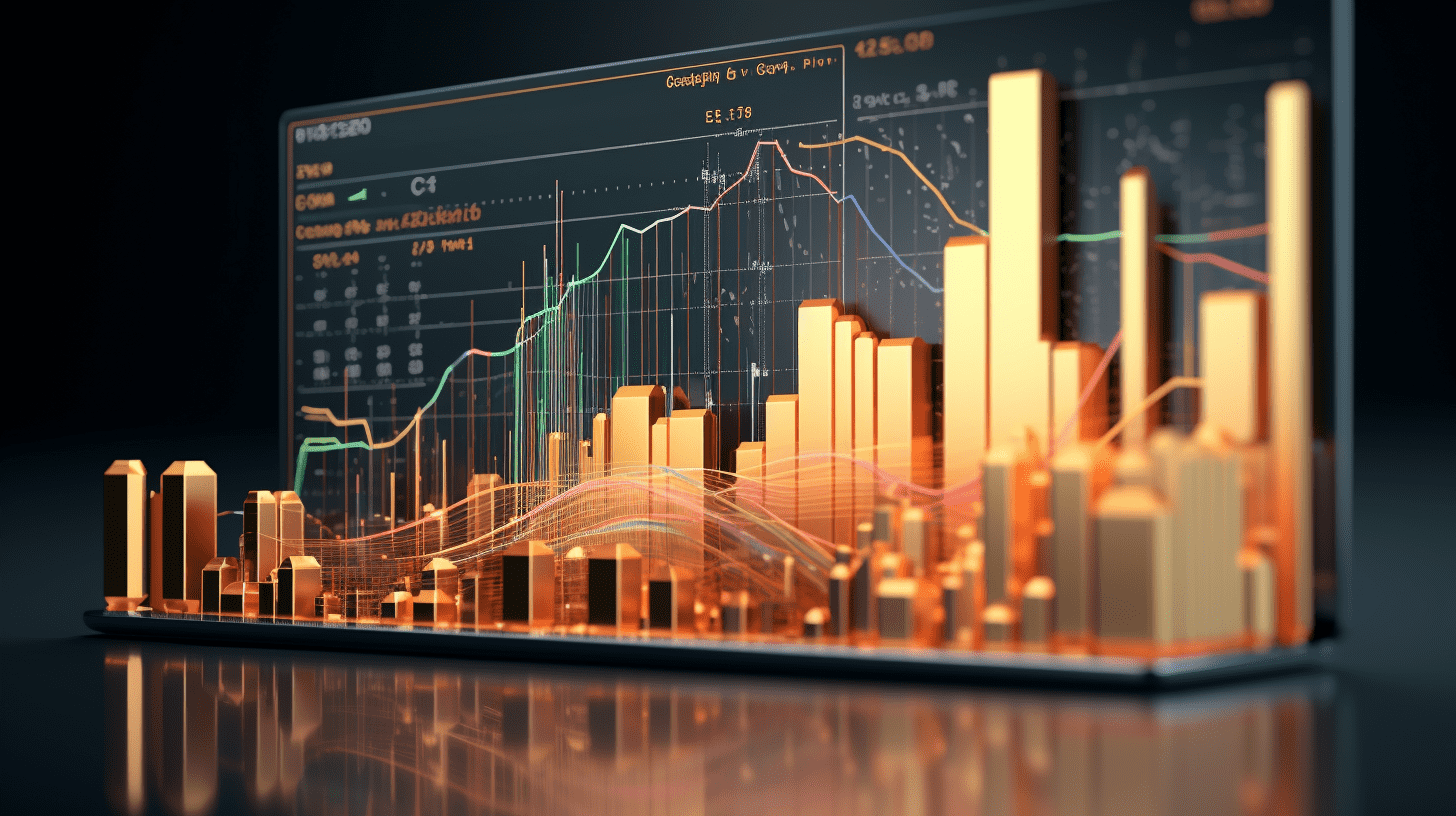
Haitong: Domestic and foreign demand resonate, electricity equipment and new energy continue to have a high boom period.
Haitong released a research report stating that the average price-to-earnings ratio of the power equipment sector in the third quarter of 2024 is 31 times, ranking at the upstream level of industry valuations. The current capacity of the completed ultra-high-voltage projects is far from sufficient to meet the needs of clean energy transmission, and the construction of ultra-high-voltage projects is expected to continue to progress rapidly. With the advancement of the construction of new power systems, the distribution network is gradually transforming into a power network that integrates sources, grids, loads, and storage, and interacts with the higher-level grid flexibly. The investment demand on the distribution network side is expected to increase, with a focus on digitalization and the upgrading and transformation of primary equipment. In addition, the rebound of overseas manufacturing investment is driving high demand for electricity consumption, and the demand for overseas power equipment is expected to continue to grow.
Key points from Haitong:
Overview of power equipment in the third quarter of 2024.
The net profit attributable to shareholders of primary equipment decreased by 12.52% year-on-year. The changes in net profit attributable to shareholders of various sectors were: transmission and transformation -31.09%, distribution +76.68%, low-voltage electrical +12.72%, tower and cable -33.22%, power generation equipment -0.41%, motors and components -30.14%. The net profit attributable to shareholders of secondary equipment decreased by 4.10% year-on-year. The changes in net profit attributable to shareholders of various sectors were: smart grid +9.65%, smart metering +14.54%, automation in power plants -83.68%, industrial control & energy saving and environmental protection -25.88%, power supply -32.65%, smart meters -8.40%.
Valuation and changes in various sectors.
Comparing the price-to-earnings ratio of power equipment sector with different industries, based on the expected EPS for 2024 (consensus forecast by Wind Information), the average price-to-earnings ratio of the power equipment sector is 31 times, positioning at the upstream level of industry valuations. Comparing the trend of the power equipment sector with other sectors, from the beginning of the year to November 11th, the increase in the power equipment sector is about 29%.
Urgent demand for the construction of ultra-high-voltage projects, expected to continue to progress rapidly.
According to the National Grid's WeChat public account, in the past few years, due to factors such as the epidemic and the lag in approval of ultra-high-voltage projects, the construction speed of ultra-high-voltage projects and large-scale wind and solar bases has lagged slightly behind. In terms of construction periods, the construction period for photovoltaic power plants is 3 to 6 months, wind power is 1 year, and ultra-high-voltage projects are 1.5 to 2 years. According to the normal rhythm, ultra-high-voltage grids should be built first, in order to form a "source-grid matching" with faster construction speeds of wind and solar power plants, achieve simultaneous production, and good absorption.
The current capacity of the completed ultra-high-voltage projects is far from sufficient to meet the needs of clean energy transmission, and there is an urgent need to accelerate construction to enhance the capabilities of integrating new energy into the grid. In the background of the steady progress of grid connection in large wind and solar base projects, based on the planning of the National Energy Administration and State Grid, in order to serve the construction of large wind and solar power bases in deserts, wastelands, and deserts, support and promote the intensive development and long-distance transmission of large power sources, the construction of ultra-high-voltage and supporting main grids is expected to continue to accelerate, and the flexibility ratio is expected to be further improved.
Distribution network: Investment is expected to accelerate, with a focus on digitalization and the upgrading and transformation of primary equipment.
The bank believes that with the advancement of the construction of new power systems, the distribution network is gradually transforming from a power network that simply accepts and distributes electricity to users to a power network that integrates sources, grids, loads, storage, and interacts with higher-level grids flexibly. In facilitating the absorption of distributed power sources nearby, carrying new types of loads and other functions, the distribution network's capability to be observable, measurable, controllable, and adjustable is increasing overall, improving the reliability and carrying capacity of the distribution network. The investment demand on the distribution network side is expected to increase, with a focus on digitalization and the upgrading and transformation of primary equipment.
Going global: Sustained high prosperity, contributing to new growth momentum.
Benefiting from the increase in new energy installations, the replacement demand for aging power grids, and the increase in penetration rates in emerging markets, the global development momentum of the power grid construction is strong. At the same time, the overseas data centers are driving the growth in high-energy demand, significantly improving energy quality requirements. Coupled with the rebound in overseas manufacturing investment, driving the high growth in investment demand for power distribution, overseas demand for power equipment is expected to continue to grow.
Risk warning: The progress of grid construction falls short of expectations, a significant economic downturn affects the demand for industrial control, the development of new energy vehicles falls short of expectations, and fluctuations in the prices of bulk raw materials affect profit levels.
Hong Kong stock concept tracking | Tencent released its third quarter report today. Institutions have high hopes for the gaming sector's improved outlook (with concept stocks attached)
HK Stock Market Move | SMOORE INTL(06969) is now falling more than 5%. Trump's election is expected to help increase the market share of compliant brands. UK is expected to come under one-time pressure due to policy impact.
RECOMMEND
©️2013 - 2024 GMT EIGHT Holdings. All Rights Reserved.
Contact: contact@gmteight.com


